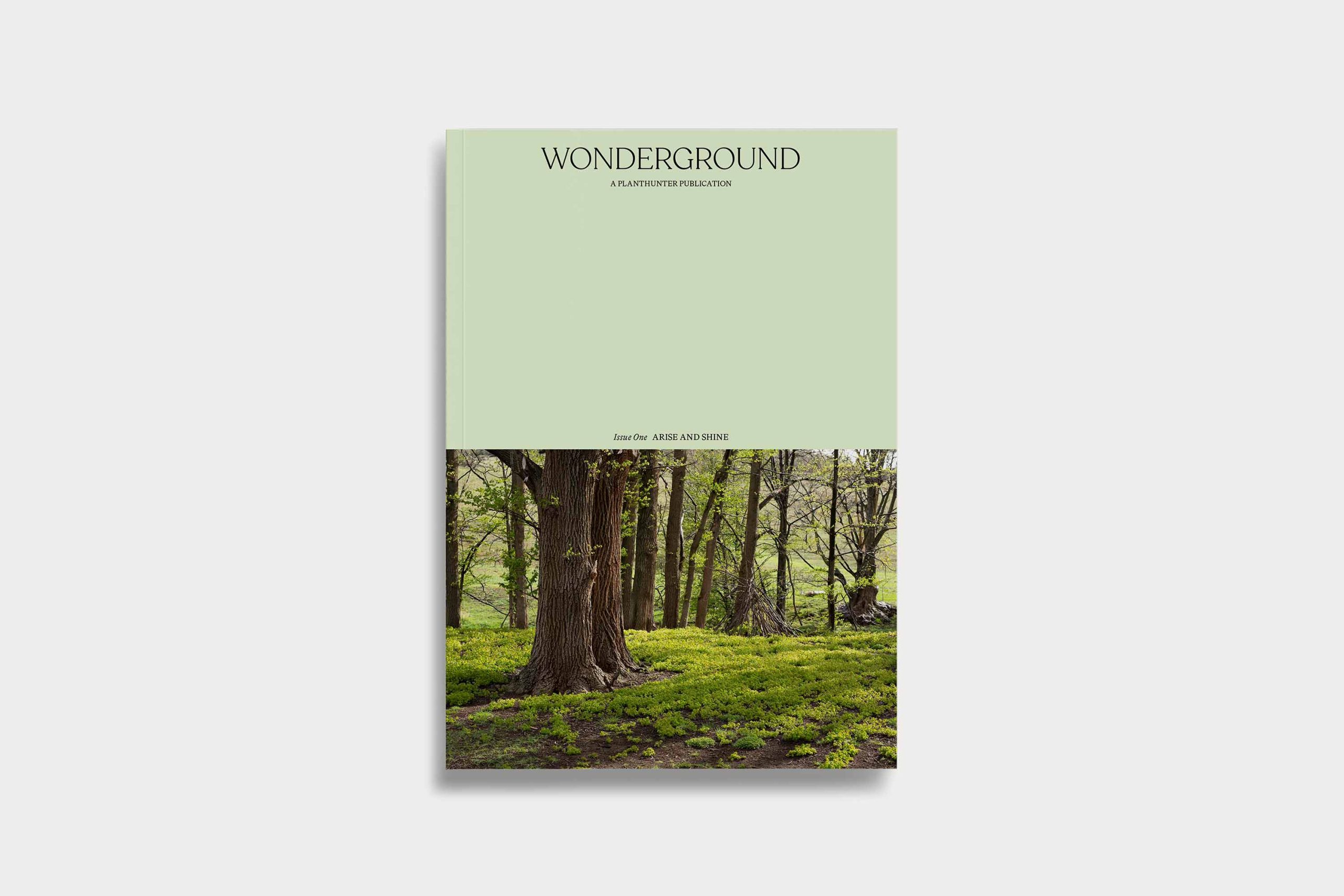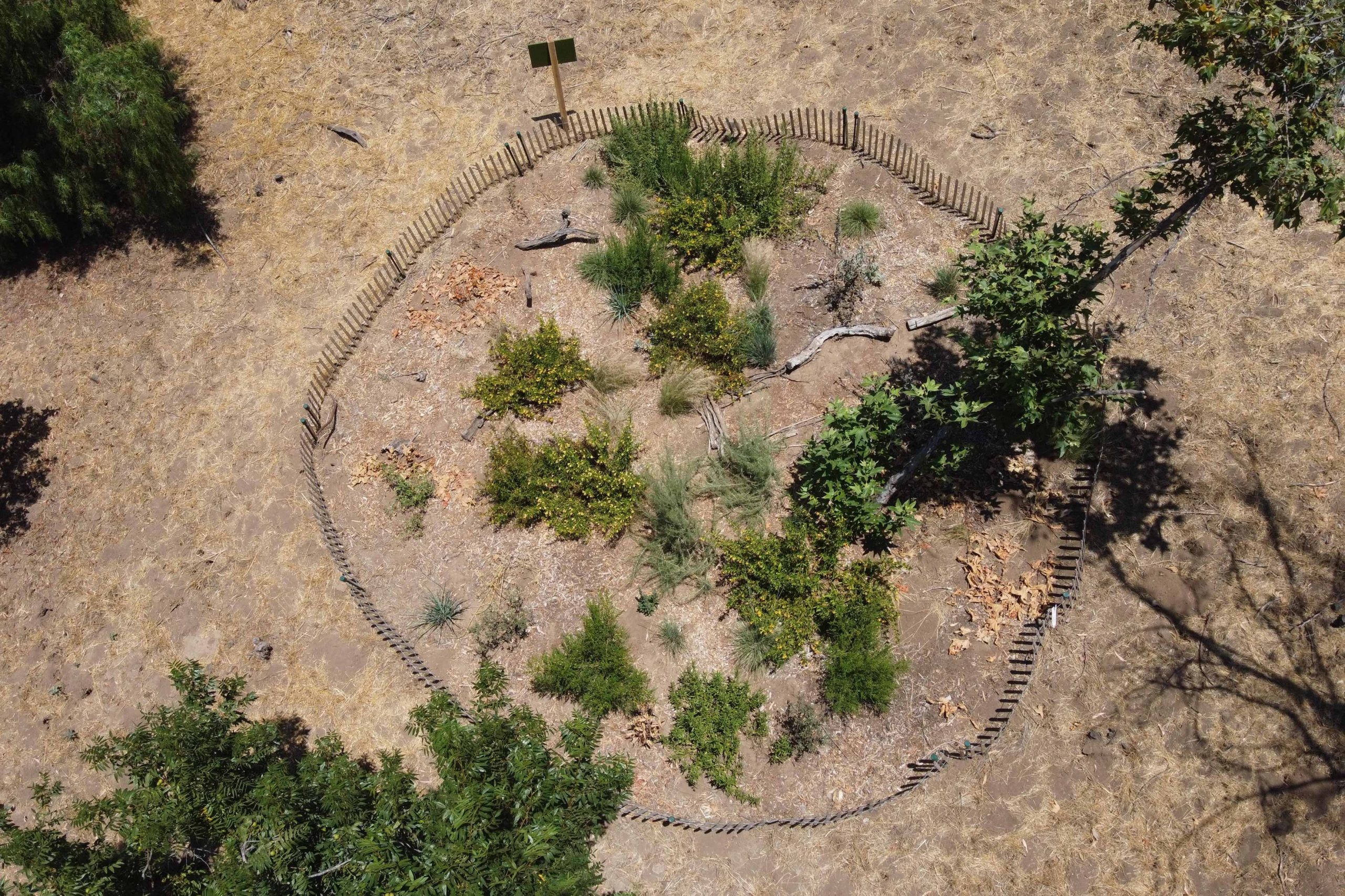Transformative Landscapes: Landscapes of Cohabitation

- Words by
- Georgina Reid
‘The idea of transformation is extremely interesting because it is not creation. Creation is a blank page, making something from nothing. The idea of creation is beautiful, and the human species is capable of so much creation. But an existing climate and ecosystem, it’s not a blank page,’ says Thomas Doxiadis, principal of doxiadis+, an architecture and landscape architecture studio in Athens, Greece.
It is this approach – a sensitivity to place and a strong commitment to cultural and ecological preservation – that has shaped the terrain of much of the studio’s research and output. One particular project that has been in progress since the firm’s inception twenty years ago exemplifies this. Landscapes of Cohabitation is a 40-acre private residential development on the Aegean island of Antiparos that has always been about ‘no ready-made thinking’.



The landscape of Antiparos is incredibly rich – culturally, historically and ecologically. Conscious of the often-disastrous effects of tourism on such sensitive sites, doxiadis+ sought to gently weave the thirty new dwellings and their gardens into the time-worn tapestry of the place. Working with existing contours and landscape structures and existing plant communities, the boundaries between new/old, endemic/exotic, are blurred in spectacular fashion.
Over the years doxiadis+ have worked on the project, they’ve begun to refine a language of landscape architecture that redefines transformation not as destruction but as synthesis, as cohabitation. This means questioning social constructs such as ‘acceptable’ beauty – ‘Of course, we love aesthetic beauty, but we try to forget about that while we think about a landscape and try to understand what is going on, why it looks the way it does and how it functions’; and shifting humans from the the centre of the design process.
‘We can never not be human, but we can understand more and more of what the other players are doing and what their means are. I think that’s our obligation.’
Design, then, becomes a gentle nudge or tweak, preservation as much as transformation. Rarely creation. ‘There is a very strange dichotomy of trying to preserve nature and landscapes or establish a kind interaction with them while being part of the construction industry, which is what landscape architects are,’ Thomas says. ‘It’s that’s paradox that keeps us thinking and drives us to see just how gentle and, in the end, how symbiotic the relationship can be.’
–
This is an extract from Transformative Landscapes, an essay published in Issue One of Wonderground (sold out), a biannual print journal published by The Planthunter. Issue Two is on sale now.











